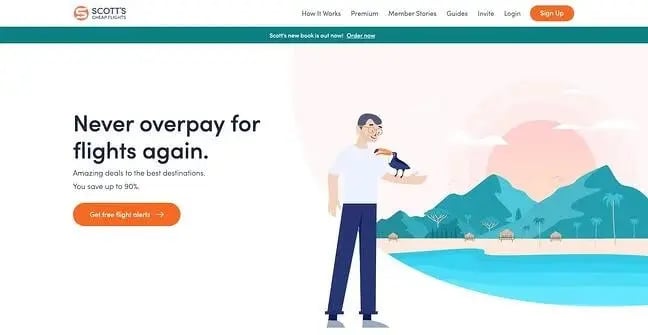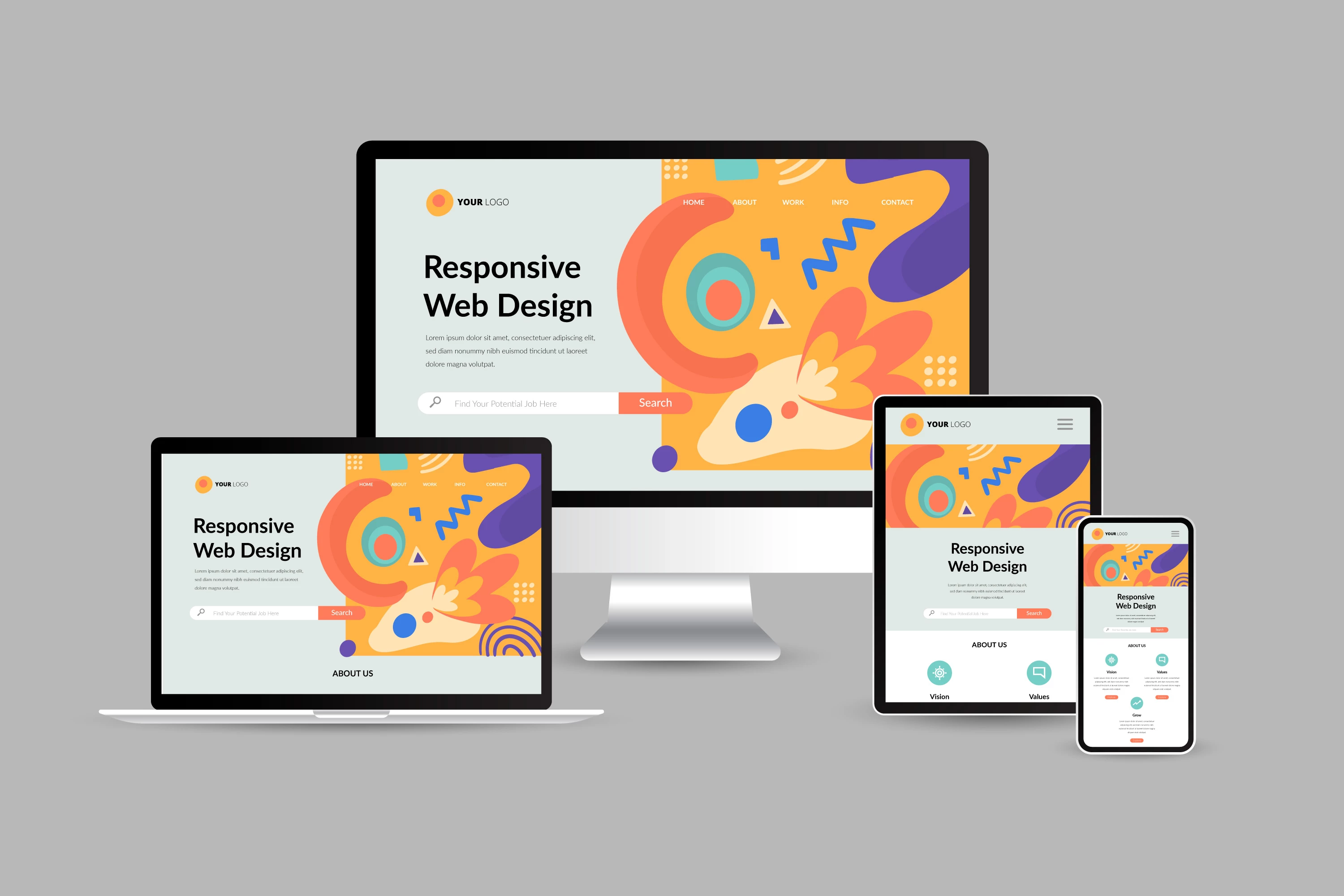The Power of User-Centered Website Style in Expanding Your Online Audience
In a significantly competitive electronic landscape, the importance of user-centered web site layout can not be overstated. By focusing on the demands and habits of customers, businesses can produce websites that not only draw in yet additionally engage a diverse audience. Reliable layout principles-- such as intuitive navigating and ease of access-- are crucial in fostering user contentment and loyalty. Recognizing how to leverage these concepts successfully increases vital concerns concerning implementation and influence. What strategies can companies take on to guarantee their layouts reverberate with individuals and eventually drive growth?

Understanding User-Centered Layout
User-Centered Layout (UCD) is a basic strategy to website development that focuses on the demands, choices, and actions of end customers throughout the design process. This methodology emphasizes recognizing customers deeply-- via study techniques such as interviews, surveys, and usability testing-- to develop an internet site that reverberates with them. By incorporating user feedback at every phase, developers can guarantee that the final item straightens closely with user assumptions.
UCD advertises iterative design, where models are checked and fine-tuned based on user interactions and experiences. This cycle not just enhances use however likewise fosters a feeling of possession among customers, as they feel their input is valued and impactful. Furthermore, UCD assists identify possible obstacles and pain factors in the individual trip, enabling designers to resolve these difficulties proactively.
Ultimately, welcoming UCD causes sites that are more user-friendly, engaging, and reliable. By putting customers at the center of the layout process, companies can produce electronic experiences that not only bring in however additionally keep their target market, driving greater satisfaction and commitment. In a competitive on the internet landscape, this approach is crucial for accomplishing continual success.
Secret Concepts of User Experience
An effective customer experience (UX) rests on numerous key principles that lead the style procedure and boost interaction in between customers and the site. Firstly, functionality is extremely important; the website needs to be instinctive, permitting users to navigate quickly and locate information swiftly. This consists of clear labeling and a sensible framework that minimizes cognitive tons.
Second of all, accessibility plays an essential function in making sure that all customers, no matter their capabilities or disabilities, can effectively engage with the web site. Integrating alt text for pictures, keyboard navigation, and screen reader compatibility fosters inclusivity.
Consistency is another essential principle. A cohesive layout language, from color pattern to typography, aids customers construct knowledge and depend on with the web site (Website Design). It likewise enhances brand name identification
Additionally, responses systems are important. Individuals ought to get instant and clear actions to their activities, whether via visual hints or verification messages, which improves their self-confidence in navigating the website.
Last but not least, mobile responsiveness can not be ignored. With a boosting number of users accessing web sites via mobile devices, a layout that adjusts seamlessly to various display sizes is crucial for maintaining a positive user experience.

Advantages for Online Engagement
Reliable online interaction provides numerous advantages that can considerably improve a web site's total performance - Website Design. By fostering purposeful interactions between customers and the web site, companies can cultivate a loyal target market that returns with uniformity. Engaged individuals are extra likely to share content, therefore increasing organic reach and attracting new site visitors via word-of-mouth promo
Improved online engagement likewise leads to improved individual contentment. When individuals discover a website that resonates with their needs, they are more inclined to explore its offerings completely, which can bring about greater conversion prices. Additionally, interesting content motivates customers to spend more time on the site, lowering bounce prices and favorably affecting internet search engine ranking algorithms.
Additionally, reliable interaction offers invaluable insights into user choices and actions (Website Design). By analyzing user communications, companies can customize their content and design techniques to satisfy the developing assumptions of their audience. This adaptive technique not only boosts interaction however likewise strengthens the brand's online reputation as receptive and user-centric
Eventually, prioritizing on the internet interaction with user-centered style develops a successful environment where both the target market and the company advantage, causing continual growth and success in the digital landscape.

Techniques for Efficient Layout
To Home Page take full advantage of the benefits of online interaction, employing certain strategies in website style is extremely important. Initially, intuitive navigation is crucial; individuals need to quickly find information without confusion. A well-structured menu, clear labels, and a rational pecking order enhance the user experience and reduce bounce prices.
2nd, receptive style is critical in today's multi-device setting. Ensuring that a website adapts flawlessly to numerous display sizes promotes availability, consequently fitting a wider audience. This adaptability not just boosts customer contentment however likewise positively why not try these out impacts search engine positions.
Third, making use of aesthetic power structure guides customers' interest to necessary aspects, such as phone call to action (CTAs) Employing contrasting shades, differing font sizes, and strategic spacing can properly route individuals toward wanted actions, facilitating better interaction.
In addition, applying constant branding across all web pages develops trust and acknowledgment. A cohesive shade plan, images, and typography enhance brand identification and create a professional look.
Lastly, enhancing loading speeds is necessary. Users are much less likely to involve with a slow-loading site, making efficiency optimization an essential element of reliable style. By incorporating these techniques, site creators can boost user experience and eventually expand their online target market.
Real-World Success Stories
Success stories in user-centered web site layout illustrate the concrete advantages of prioritizing individual experience. One notable example is the redesign of the web site for the not-for-profit organization, Charity: Water. By integrating customer responses, the company structured navigating and stressed storytelling with impactful visuals. Because of this, they experienced a 250% rise in online contributions, showing how an user-friendly design can drive individual interaction and assistance.
Another compelling situation is that of Airbnb, which used user-centered layout principles to improve their booking process. By simplifying the individual journey and integrating individualized referrals, they significantly lowered website desertion prices. This emphasis on user experience added to an earnings growth of over 70% in a solitary year, emphasizing the relationship in between well-designed user interfaces and financial success.
Furthermore, the shopping giant, ASOS, carried out individual testing to refine their mobile app. By addressing customer discomfort points, they achieved a remarkable 30% rise in mobile sales. These instances highlight that purchasing user-centered design not Find Out More just improves individual fulfillment however also drives substantial service results, reinforcing the essential duty of individual experience in achieving on-line growth.
Final Thought
By prioritizing individual demands and choices, companies can produce available and user-friendly electronic experiences that cultivate commitment and drive conversions. The integration of user comments throughout the style procedure not just reduces bounce rates but likewise motivates expedition.
User-Centered Style (UCD) is a basic method to web site advancement that focuses on the requirements, choices, and habits of end individuals throughout the style procedure. By integrating individual responses at every phase, developers can make certain that the last item straightens carefully with individual expectations.
A successful individual experience (UX) pivots on several key concepts that lead the layout procedure and improve interaction between users and the web site.Success tales in user-centered website design show the substantial advantages of focusing on individual experience. These instances highlight that spending in user-centered style not only improves individual satisfaction yet additionally drives concrete company results, reinforcing the critical duty of individual experience in achieving online development.